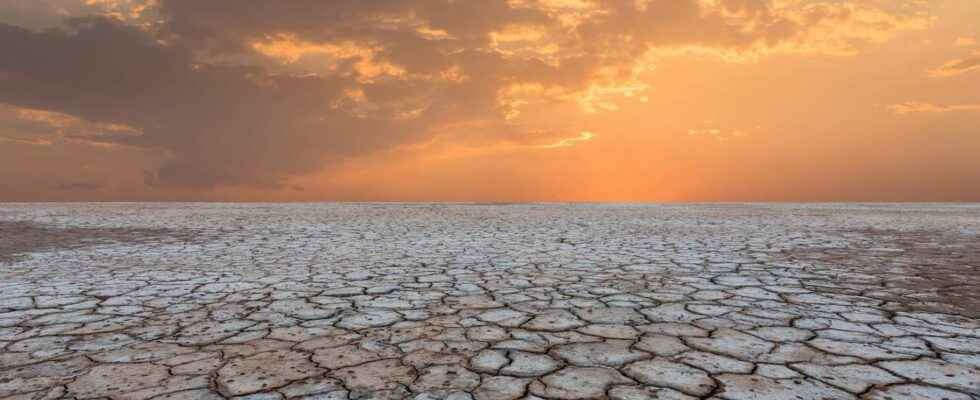The persistence of the La Niña climate phenomenon for two years is a matter of concern in the United States, Australia and part of Asia. Responsible for endless droughts and torrential rains, La Niña doesn’t seem to want to stop.
You will also be interested
[EN VIDÉO] Saving California from drought with solar energy Every year during the summer, California is plagued by drought. These water shortages handicap crops but give rise to innovative projects like WaterFX, intended to pump the precious liquid from the depths using solar energy. National Geographic Channel tells us more about this company in an excerpt from the Inventing the Future series. The next episode will air tonight, Friday, February 26, 2016, at 9:30 p.m.
The phenomenon La Nina persists for 2 years and influences the conditions weather report from a part of the world: the mega-drought of the American West, historic rains on Australia, the record number of hurricanes in the Atlantic in 2020, or the historic heat wave in India. La Niña is a natural phenomenon that occurs in phases of one or two years, and which is characterized by a cooling of part of the waters of the Pacific.
La Niña doesn’t seem to want to leave anymore
While scientists from theatmosphere were contemplating the return of their hot counterpart a few months ago El Nino in 2022, nothing is less certain at the present time. La Niña will persist throughout the summer and the NOAA then estimate at a one in two chance the probability that La Niña remains during’fall, or even later. If La Niña persists for the third consecutive year, the event would then become remarkable in terms of climate: this has already happened in the past, but remains very rare. La Niña occurred 28% of the time between 1950 and 1999, the other 72% of the time was occupied by El Niño.
All climate prediction models estimated that El Niño would become more frequent due to climate change
However, the La Niña phenomenon seems to be becoming more and more frequent: since 2000, it has occurred almost half the time. A surprising finding because all climate forecasting models estimated that El Niño, a warming of the waters of the Pacific, would become more and more frequent due to climate change.
According to NOAA, however, the period of the last 20 to 25 years is not long enough to draw conclusions about a trend: the recurrence of La Niña could be due to chance, or else be linked to global warming in some way. that scientists don’t yet understand. The recurrence of the phenomenon could also be linked to the Pacific Decadal Oscillation (PDO): this is a variation in sea surface temperature in the Pacific that occurs in cycles of several decades ( 20 to 30 years). This variation influences major weather systems.
Disastrous consequences for some countries
La Niña is more expensive than El Niño for the USA and Australia: droughts and wildfires in the American West, for example, cost twice as much in La Niña as in an El Niño year. In general, when the phenomenon persists for two years in a row, the second year is weaker because the system is weakening. But La Niña suddenly strengthened in the fall of 2021 after a dip in the spring. It then experienced a record intensity (linked to the temperatures recorded in the ocean) between thewinter and the beginning of spring: when the American water reservoirs should have been replenished by the rains, the drought was accentuated. The recurrent episodes of drought in the western United States also correspond to the last 22 years marked by the incessant return of La Niña.
A powerful La Niña likely helped by climate change
According to Park Williams, hydrologist for the University of California, La Niña is the first phenomenon that influences the climate American: ” The persistence of La Niña is surely the main factor of the historic drought in the USA [mais] while La Niña could easily be responsible for the worst drought in 300 years, for the worst drought in 1,200 years that we are currently experiencing, La Niña has clearly been helped by climate change “. As often in the climate, it is the concomitance of several factors which makes it possible to explain a phenomenon. But, at present, the La Niña phenomenon seems set to resist for at least the next six months.
Interested in what you just read?
